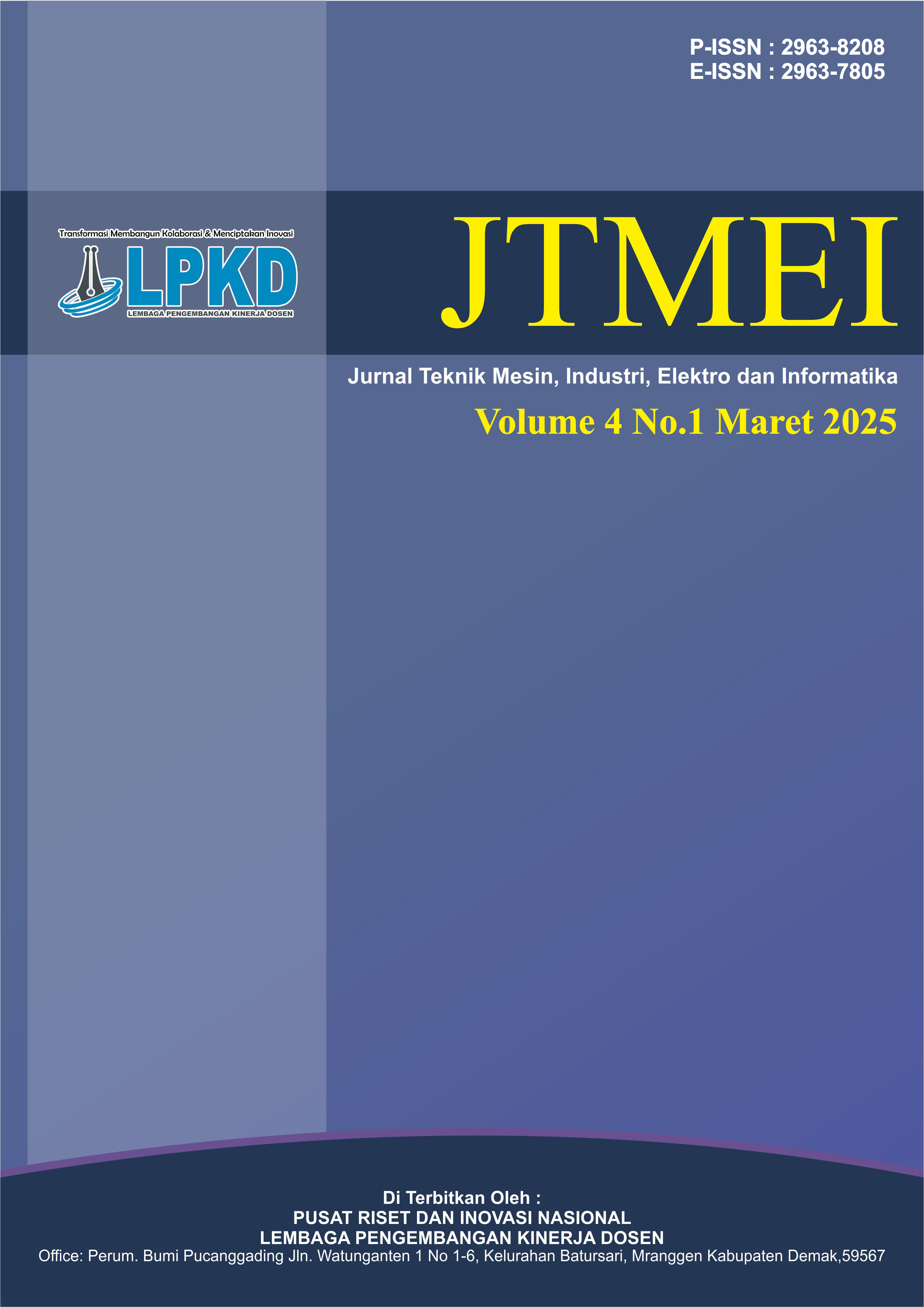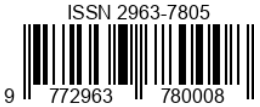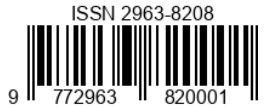Pemanfaatan Limbah Plastik Menjadi Bahan Bakar Minyak
DOI:
https://doi.org/10.55606/jtmei.v4i1.4747Keywords:
plastic, oil, Waste UtilizationAbstract
Plastic waste is a type of inorganic waste that takes around 50-80 million years to decompose in the soil. Plastic waste contributes to 90% of the waste in the ocean, causing damage to coastal ecosystems and having implications for the degradation of coastal ecosystems. To overcome this, the Mayor of Bontang has prepared a legal product that regulates the use of plastic waste and one of the efforts the author has made to tackle plastic waste in Bontang City is to create a tool that can convert plastic waste into fuel oil. The aim of this research is to determine the process of utilizing plastic waste into fuel oil and to determine the volume of fuel oil produced from processing plastic waste. This research is experimental research using the pyrolysis method. The trial results of processing plastic waste into fuel oil show that: the technology that is practically used is using the slow pyrolysis method with simple tools, the use of plastic waste into fuel oil is very effective to implement. Meanwhile, the volume of fuel oil for 1.4 kg is 350 ml at a temperature of 225℃ with a residence time of 4 hours. However, if the temperature is increased to 400-600℃, it is likely that the oil produced will increase.Downloads
References
Aprilia, A., Tezuka, T., Spaargaren, G. (2012). Inorganic and hazardous solid waste management: Current status and challenges for Indonesia. Procedia Environmental Sciences, 17, 640–647
Asian Productivity Organization (AOP). (2007). Solid Waste Management: Issues and Challenges in Asia. Tokyo
Das, S., Pandey, S. (2007). Pyrolysis and Catalytic Cracking of Municipal Plastic Waste for Recovery of Gasoline Range Hydrocarbons.Theses. National Institute of Technology Rourkela
Departemen Energi dan Sumber Daya Mineral Republik Indonesia. (2006). Keputusan Direktur Jenderal Minyak dan Gas Bumi Nomor 3675 K/24/DJM/2006 tentang Standar dan Baku Mutu (Spesifikasi) Bahan Bakar Minyak.
Dhokhikah,, Y., Trihadiningrum,, Y., Sunaryo, S. (2015). Community participation in household solid waste reduction in Surabaya, Indonesia. Resources, Conservation and Recycling, 102, 153-1
Ermawati, R. (2011). Konversi Limbah Plastik Sebagai Sumber energi Alternatif. Balai Besar Kimia dan Kemasan. Kementerian Perindustrian. Jurnal Riset Industri, 5(3), 257-263
Hamidi, N., Tebyanian, F., Massoudi, R., Whitesides, L. (2013). Pyrolysis of Household Plastic Wastes. British Journal of Applied Science & Technology, 3(3), 417-439
Hartulistiyoso, E., Sigiroa, F., Yulianto, M. (2015). Temperature distribution of the plastics Pyrolysis process to producefuel at 450oC. Procedia Environmental Sciences, 28, 234 – 241
Hidayah, N, Syafrudin. (2018). A Review on Landfill Management in the Utilization of Plastic Waste as an Alternative Fuel. Proceeding The 2nd International Conference on Energy, Environmental and Information System (ICENIS 2017). Semarang: UniversitasDiponegoro 15-16 Agustus 2017
Kadir. (2012). Kajian Pemanfaatan Sampah Plastik Sebagai Sumber Bahan Bakar Cair. Dinamika Jurnal Ilmiah Teknik Mesin, 3(2), 223-228
Kholidah, N., Faizal, M., Said, M. (2018). Polystyrene P lastic Waste Conversion into Liquid Fuel with Catalytic Cracking Process Using Al2O3 as Catalyst. Science & Technology Indonesia, 3, 1- 6
Pareira, B. C. (2009). Daur Ulang Limbah Plastik.http://www.erorecycle.vic.g ov.au
Permana, T. J., Trihadiningrum, Y. (2010). Kajian Pengadaan dan Penerapan Tempat Pengolahan Sampah Terpadu (TPST) di TPA Km.14 Kota Palangka Raya. Prosiding Seminar Nasional Manajemen Teknologi XI. Surabaya: Institut Sepuluh Nopember 6 Pebruari 2010
Praputri, E., Mulyazmi, E., Sari, M., Martynis. (2016). Pengolahan Limbah Plastik Polypropylene Sebagai Bahan Bakar Minyak (BBM) dengan Proses Pyrolysis. Seminar Nasional Teknik Kimia- Teknologi Oleo Petro Kimia Indonesia. Pekanbaru
Pratama, N. P., Saptoadi, H. (2014). Characteristics of Waste Plastics Pyrolytic Oil and Its Applications as Alternative Fuel on Four Cylinder Diesel Engines. International Journal of Renewable Energy Development, 3(1), 13-20
Surono, U. B. (2013). Berbagai Metode Konversi Sampah Plastik Menjadi Bahan Bakar Minyak. Jurnal Teknik, 3(1), 32-40
Syamsiro, M., Saptoadi, H., Norsujianto, T., Noviasri, P., Cheng, S., Alimuddin, Z., Yoshikawaa, K. (2013). Fuel Oil Production from Municipal Plastic Wastes in Sequential Pyrolysis and Catalytic Reforming Reactors. Energy Procedia, 47, 180 – 188
Thorat, P.V. Warulkara, S & Sathone, H. (2013). Thermofuel – “ Pyrolysis of waste plastic to produce Liquid Hydroocarbons”. Advances in Polymer Science and Technology: An International Journal, 3(1), 14-18
Trihadiningrum, Y. Wigjosoebroto, S. Simatupang, N.D. & Damayanti, O. (2006). Reduction capacity of plastic component in municipal solid waste of Surabaya City, Indonesia. Environmental Technology and Management Conference 2006. Bandung,September 7-8, 2006.
Downloads
Published
How to Cite
Issue
Section
License
Copyright (c) 2025 Jurnal Teknik Mesin, Industri, Elektro dan Informatika

This work is licensed under a Creative Commons Attribution-ShareAlike 4.0 International License.








